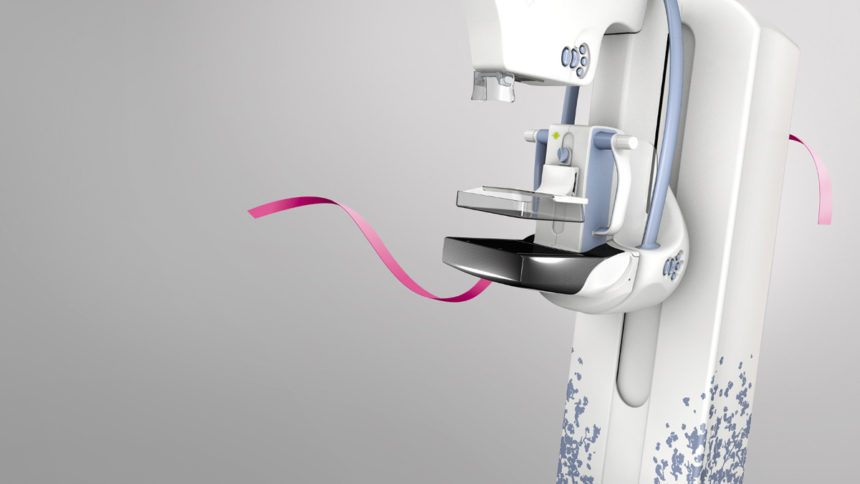New research suggests that digital breast tomosynthesis (DBT), or 3D mammography may be the key to advancement in the early detection of breast cancer.
A recent study in the Journal of the American Medical Association (JAMA) found that digital breast tomosynthesis (DBT), or 3D mammography resulted in a 41 percent increase in the detection of potentially lethal cancers and a 15 percent reduction in recall rates. In addition, patients are exposed to very low levels of radiation.
Another study, which will be presented at the annual meeting of Radiological Society of North America (RSNA), found that tomosynthesis has potential to significantly increase the cancer detection rate in mammography screening of women with dense breasts.
This is because 3D mammography can “see through” the tissue, making it possible to locate tumors that would otherwise be obscured on a 2D mammogram. Breasts are considered dense if they have a lot of fibrous or glandular tissue but not much fatty tissue. The results of the study are significant as women with dense breasts have a higher risk of developing cancer. Breast density is also one of the strongest predictors of the failure of mammography to detect breast cancer.
“Tomosynthesis research has also demonstrated a decrease in the number of callbacks, which results in the reduction of additional testing and patient anxiety. Our goal is to make breast tomosynthesis with digital mammography our standard protocol for all women undergoing mammography,” said Christopher L. Petti, MD, Medical Director at Bergen Imaging Center.
Bergen Imaging Center in Englewood is the first freestanding imaging center in Bergen County to install Senoclaire*, GE Healthcare’s new breast tomosynthesis system designed with three-dimensional imaging technology. This innovative procedure will be available to patients beginning on Monday, April 13, 2015.
SenoClaire*, which was approved by the FDA in September 2014, uses a low-dose short X-ray sweep around the positioned breast with nine exposures acquired with a “step-and-shoot” method, removing the potential motion from the tube helping to reduce blur and increase image sharpness. The SenoClaire* breast tomosynthesis technology uses the lowest radiation dose of any 3D mammography equipment currently available.
* Trademark of General Electric Company

